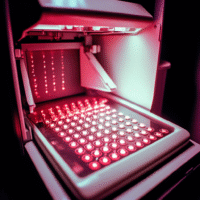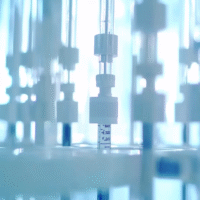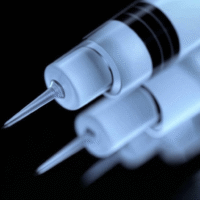Clinical Trial Overview
This clinical trial, conducted on April 17, 2025, focused on patients who have both Major Depressive Disorder (MDD) and Opioid Use Disorder (OUD). These conditions create significant challenges, requiring treatments that tackle both mental health and addiction issues.
Aims of the Study
The goal was to compare two treatments, ketamine and buprenorphine, to see how effective they are in reducing anxiety and cravings in people suffering from both MDD and OUD.
Methods Used
Participants in the trial were randomly assigned to receive either ketamine or buprenorphine, along with standard treatments for their conditions. Researchers assessed anxiety and cravings at different times: 2 hours, 24 hours, and 7 days after treatment, using specific rating scales.
Key Findings
Results showed:
- Ketamine: Fast relief from anxiety symptoms occurred within hours, and cravings for opioids decreased significantly.
- Buprenorphine: It took longer to see improvements in anxiety, but these results were sustained over days, with a gradual decline in cravings.
Conclusions
The trial demonstrated that both ketamine and buprenorphine can effectively reduce anxiety symptoms and cravings in patients with co-occurring MDD and OUD.
Measurable Outcomes
For clinics and patients, clear goals can be set using the findings from this study to track patient progress. Measuring anxiety and craving levels after treatment can help evaluate effectiveness.
AI Tools for Clinical Needs
Select AI solutions that are compatible with these clinical goals. Tailored AI tools can assist in monitoring and improving patient outcomes.
Implementation Steps
Start with a pilot project to apply these findings. Use AI tools to track results and measure the real-world impact of ketamine and buprenorphine on patient health.
Contact Us
For information on AI solutions in medical management, reach out via:
- Telegram: https://t.me/itinai
- X: https://x.com/vlruso
- LinkedIn: https://www.linkedin.com/company/itinai/



























